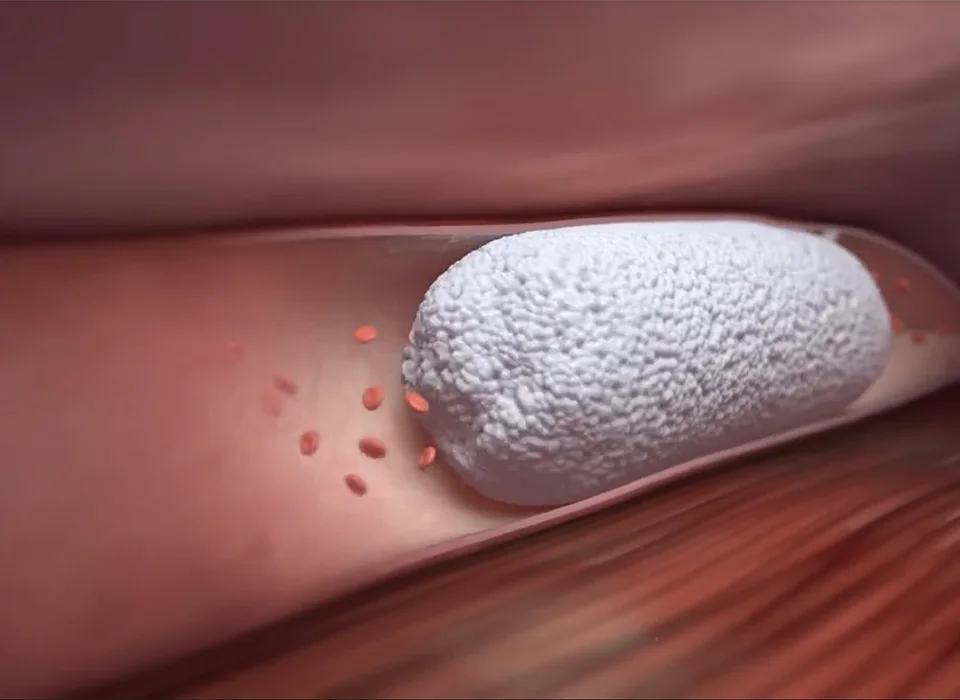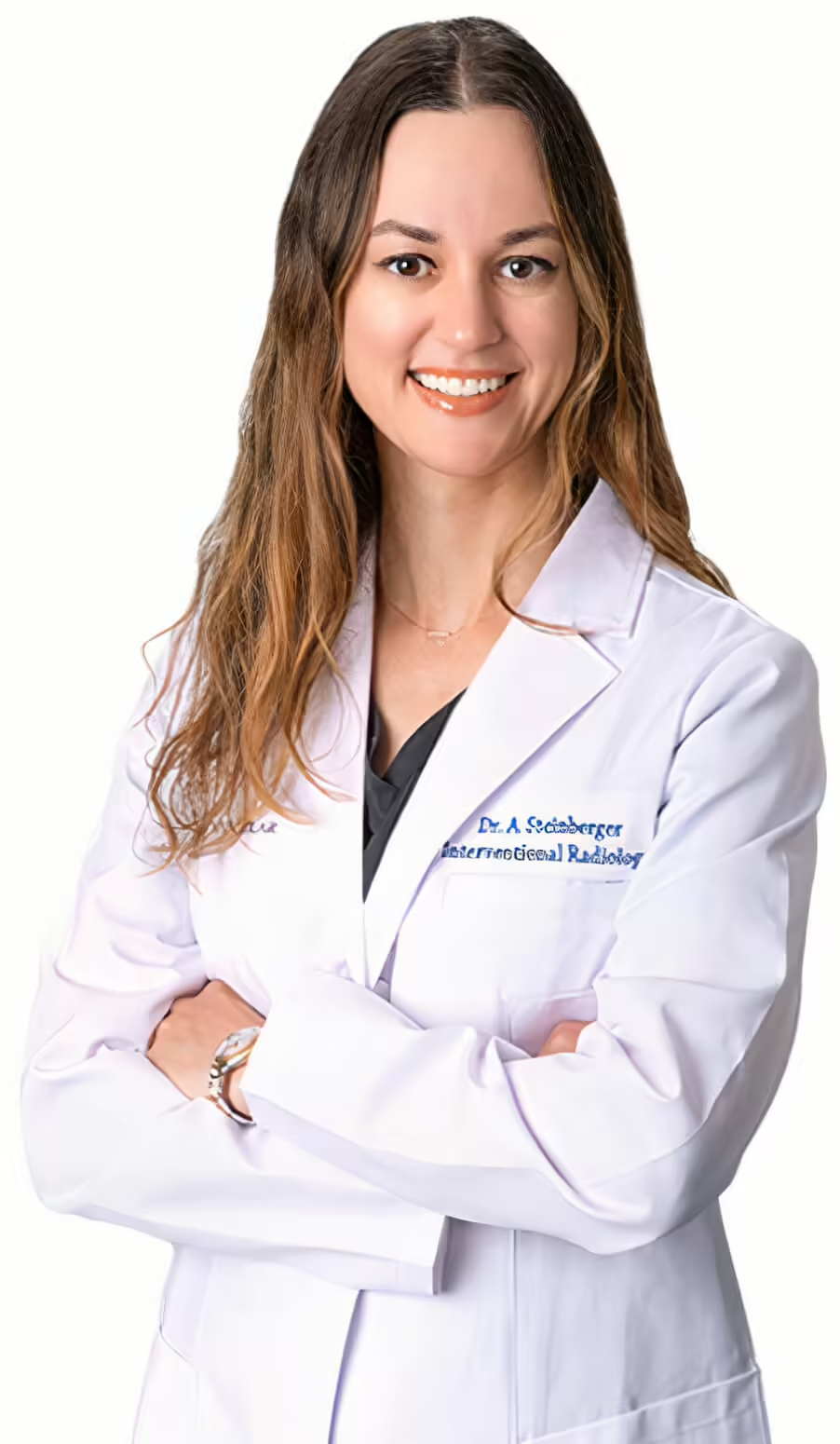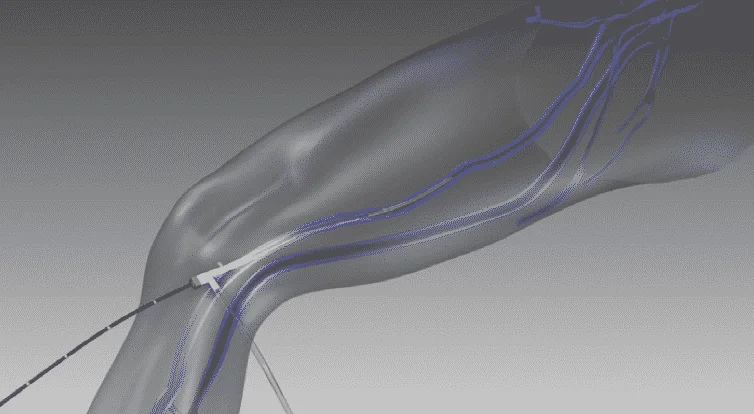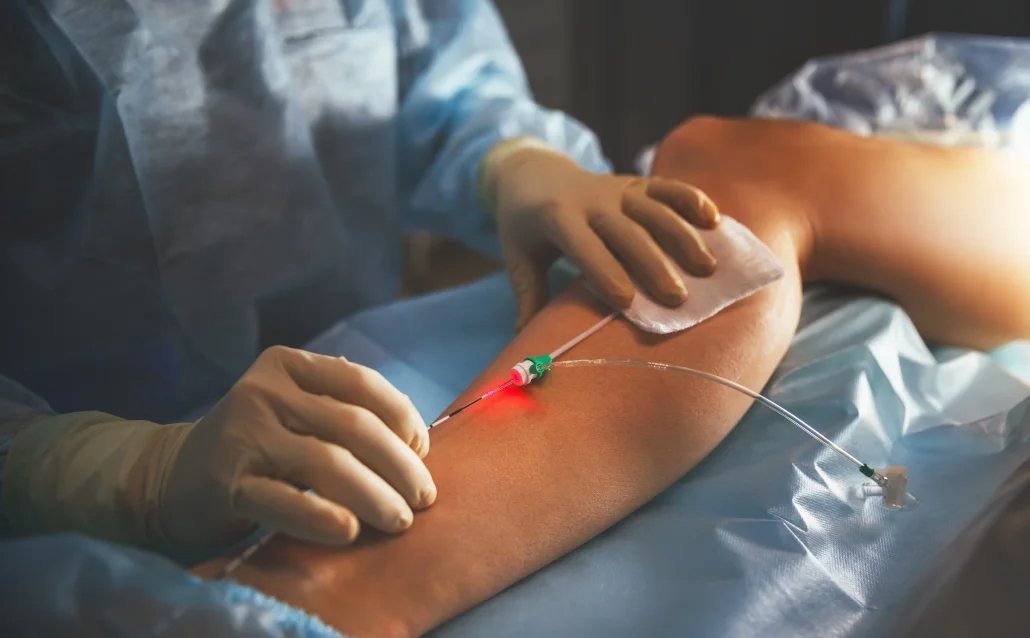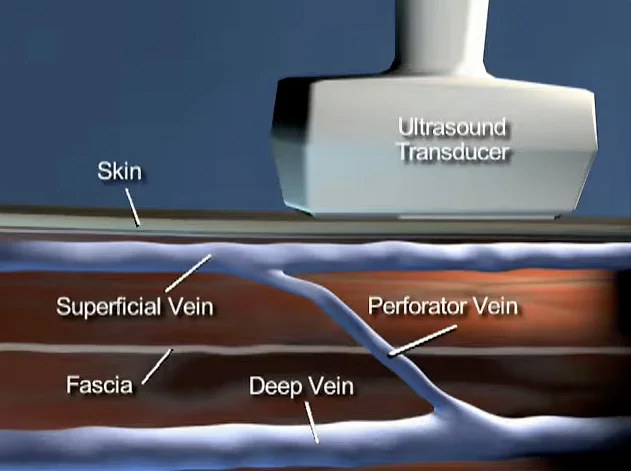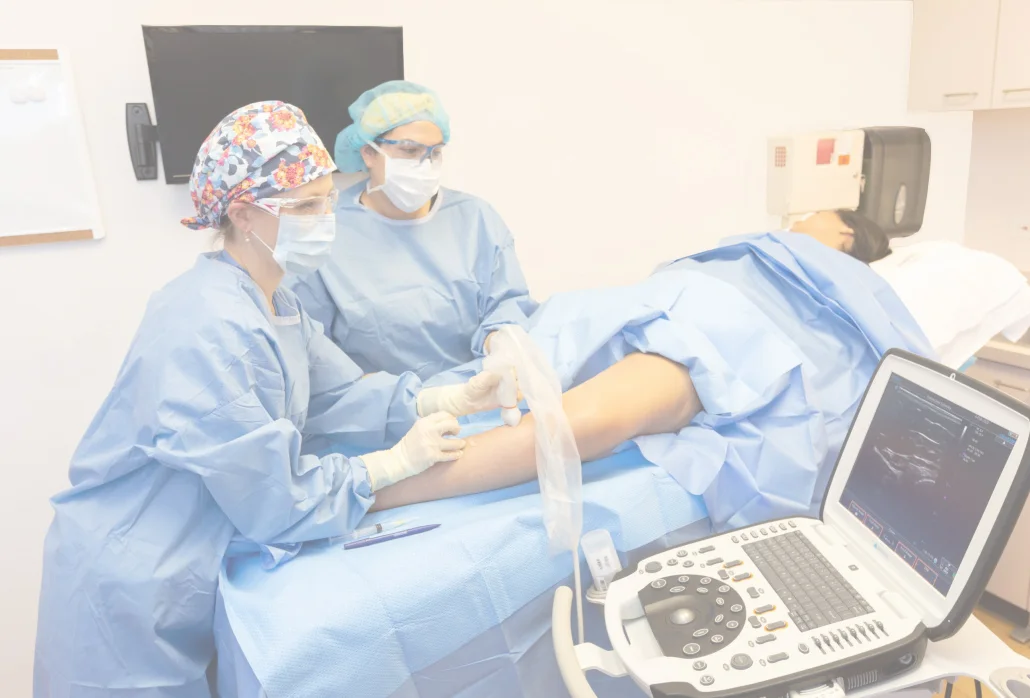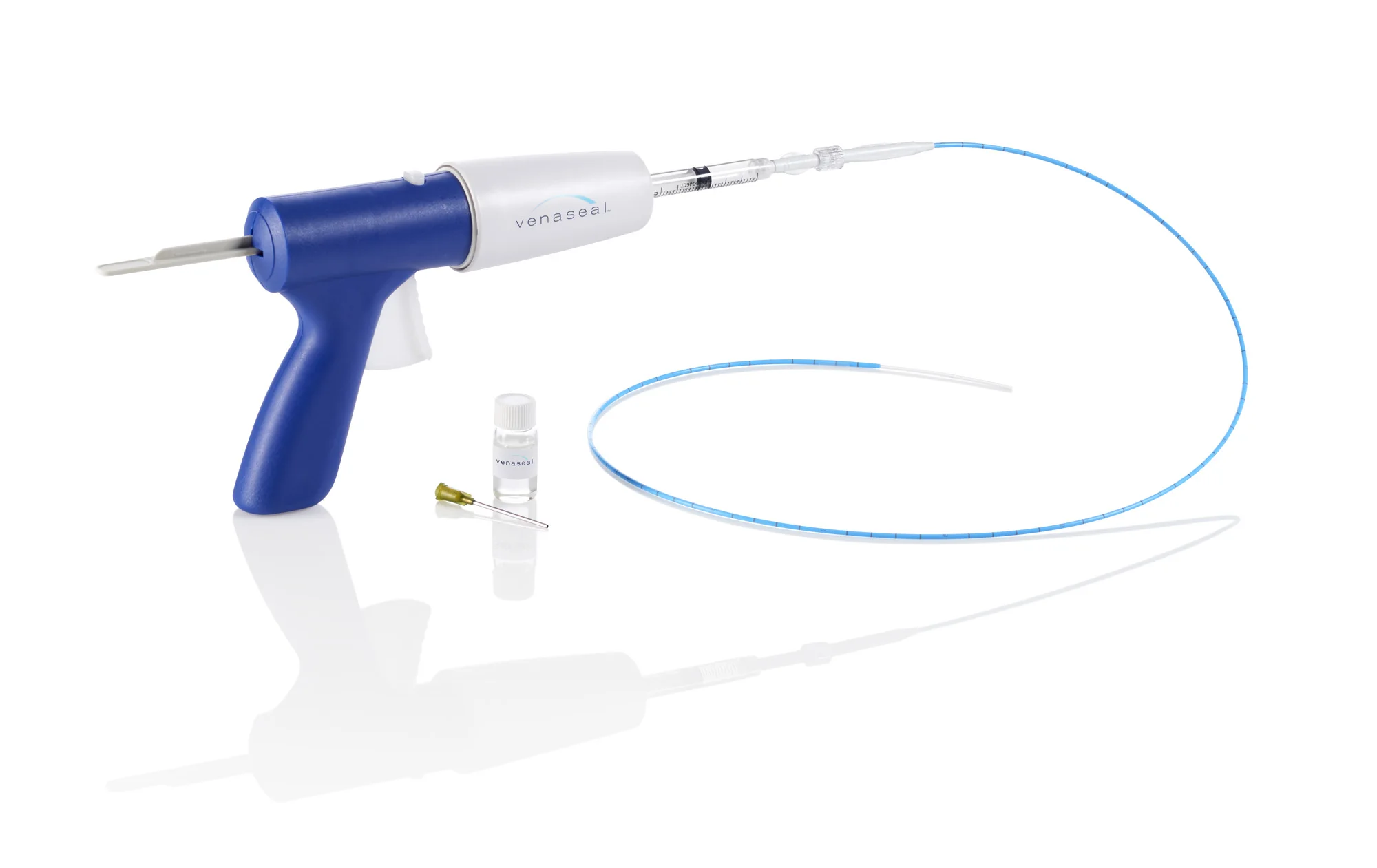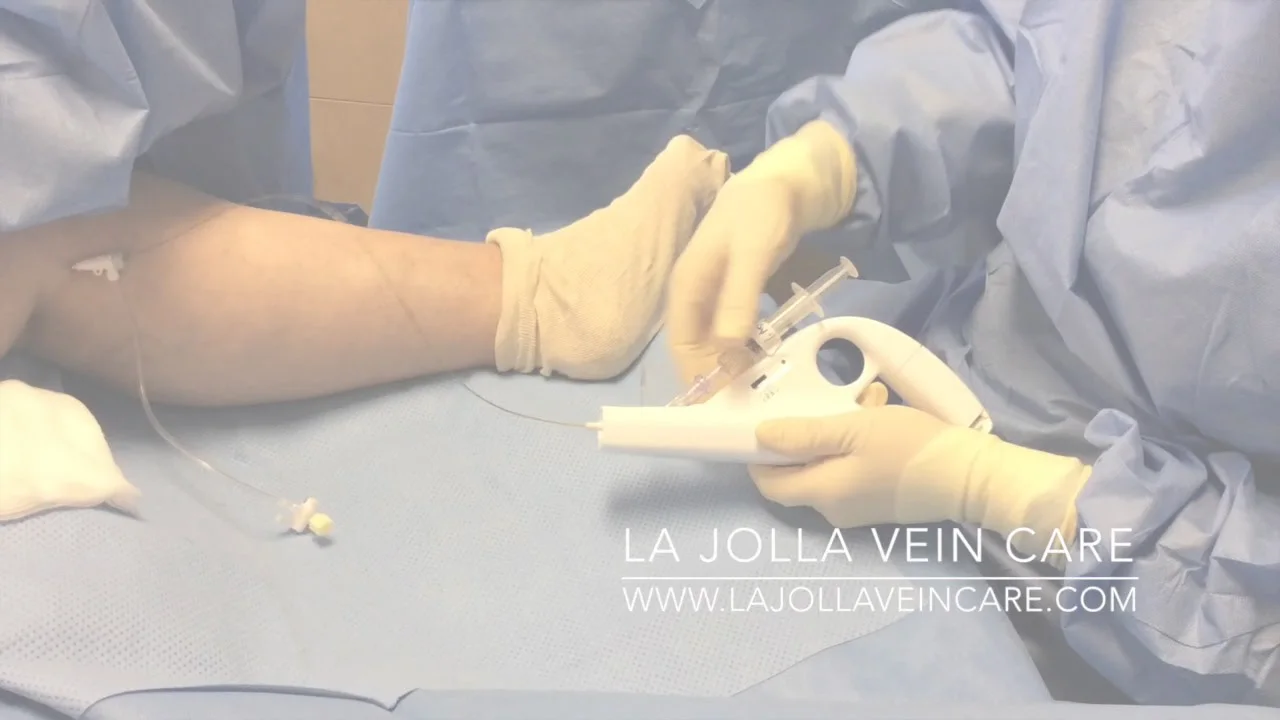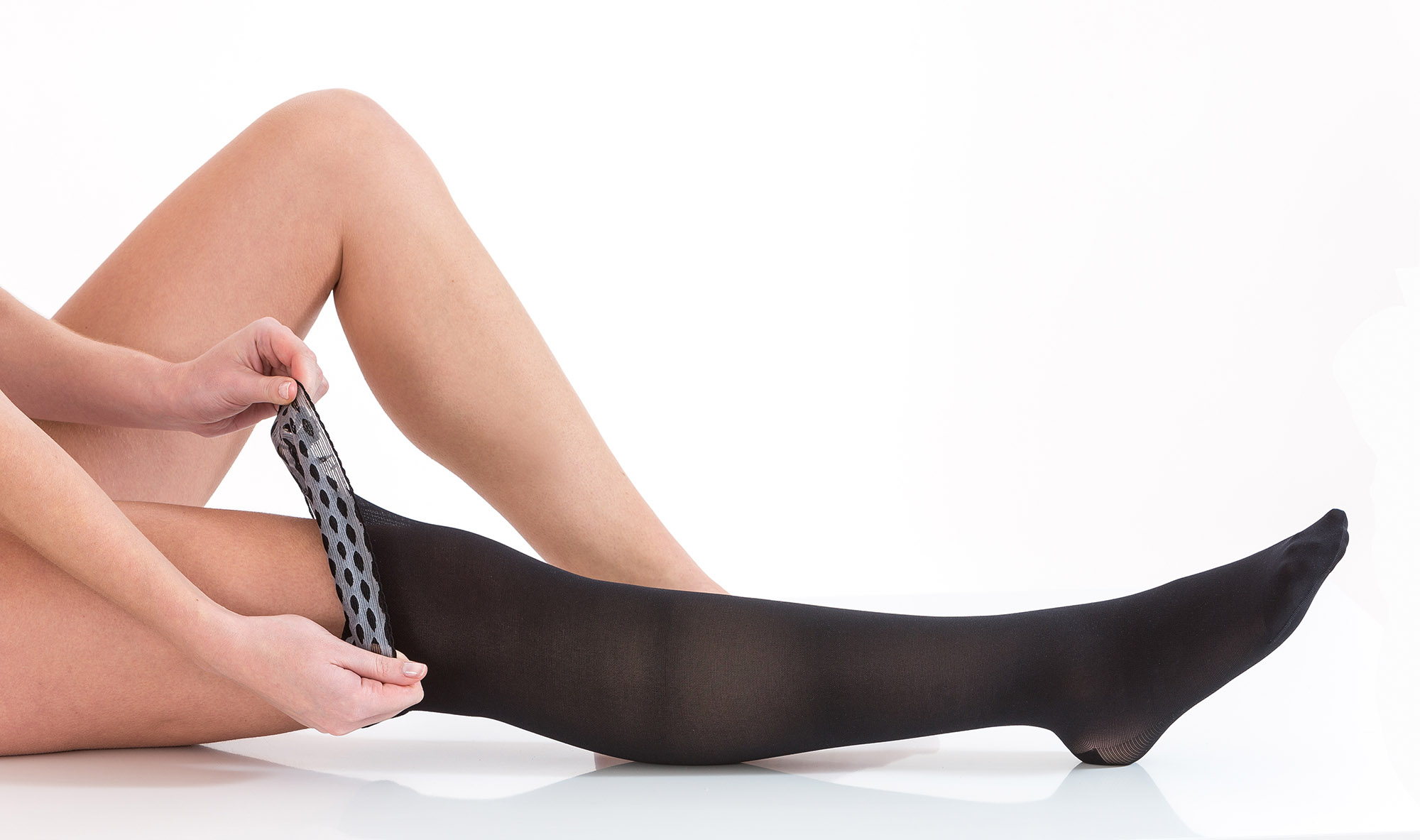What a wonderful experience, I love the site and the staff are super knowledgeable and helpful. To actually have someone assess and conduct an ultrasound on my legs and veins is an absolute dream come true. Thank you for your help!
Chelsey G.
Wow, where do I begin… how about with 10 stars (5 isn’t enough!). I am very impressed with La Jolla Vein & Vascular. I visited the Vista office and was greeted by the most friendly team ever. Everyone was so nice and welcoming, they really make you feel valued… that’s important especially when you deal with bad anxiety. But they will put you at ease and they know exactly what they are doing. Everything is thoughtfully explained and you feel confident in their diagnosis and treatment plan. The office is so clean and professional. I wish all medical offices, doctors and staff were like this!
Rebeca T.
This practice is exceptional. All staff members are extremely nice and efficient. There is no wait time to be seen by appointment.Dr Steinberger is friendly, engaging, and highly competent.
I am very satisfied with the treatment and the experience in general.
Samantha R.
